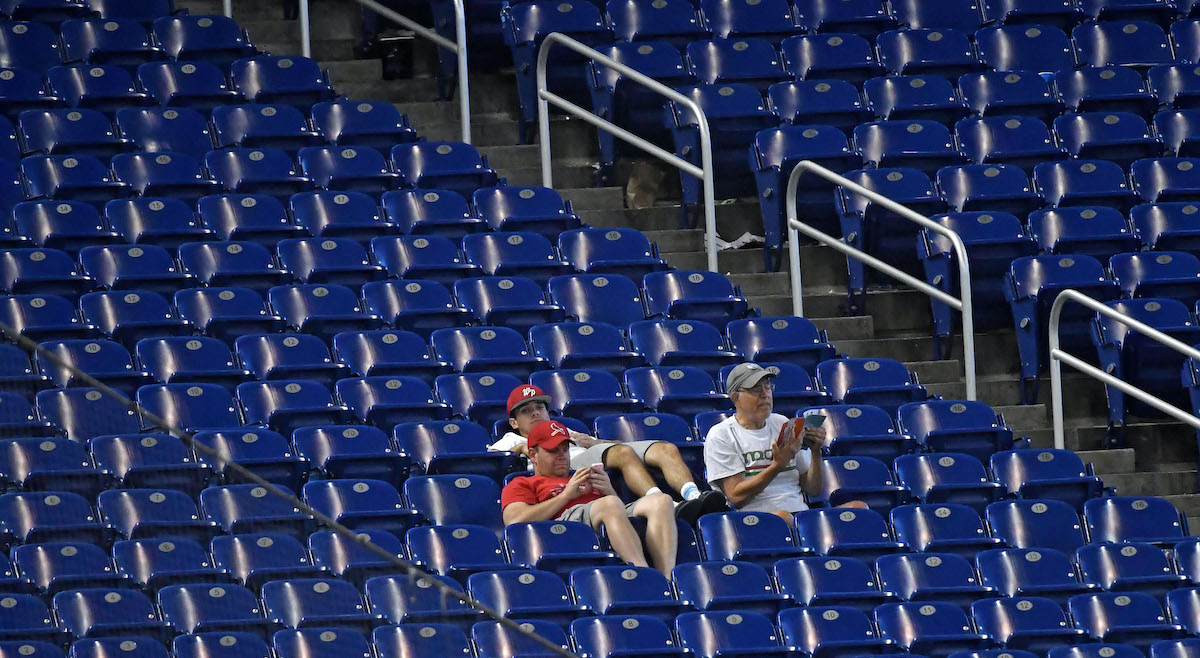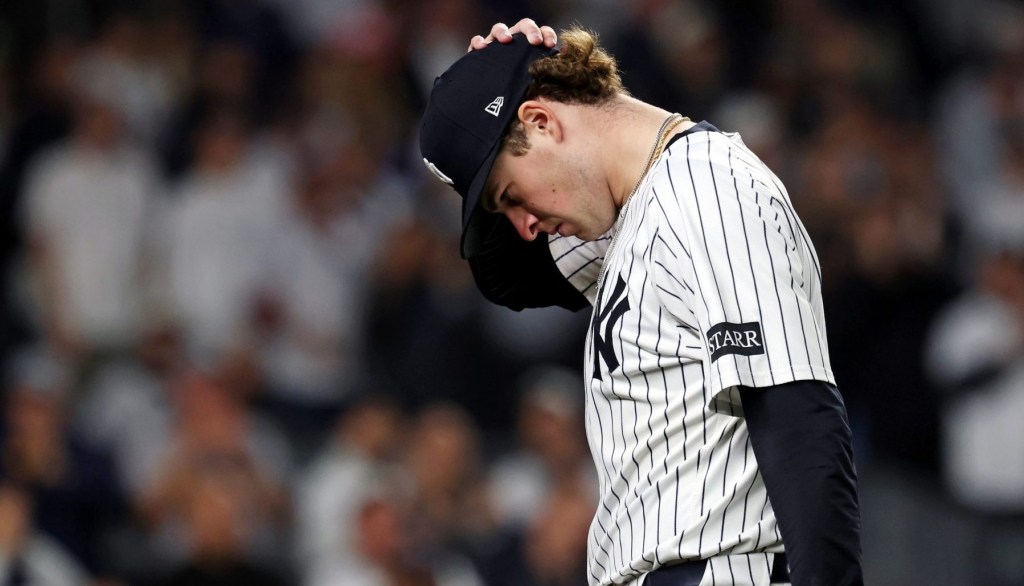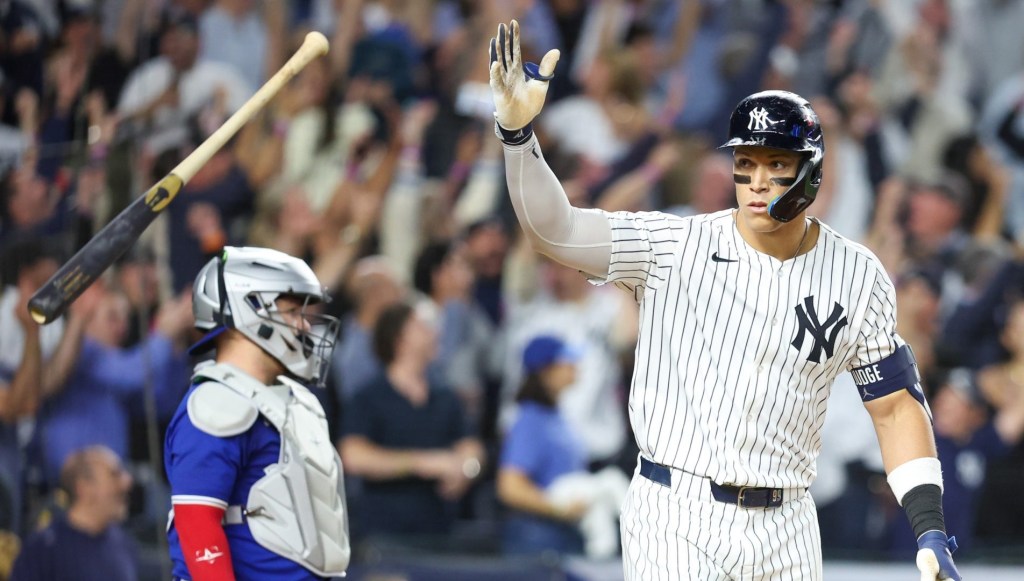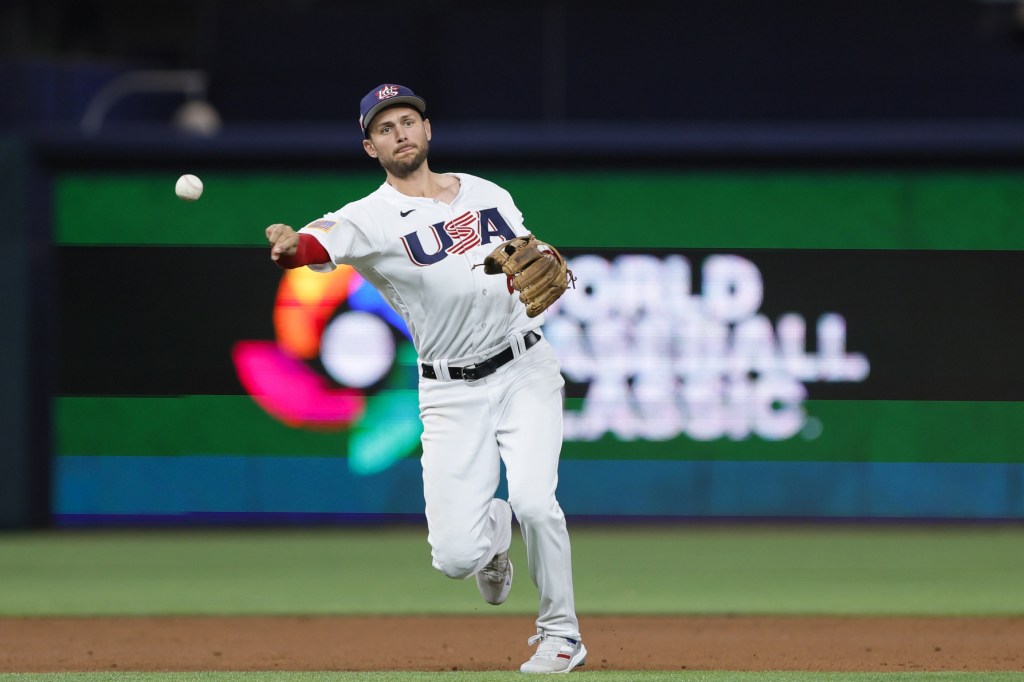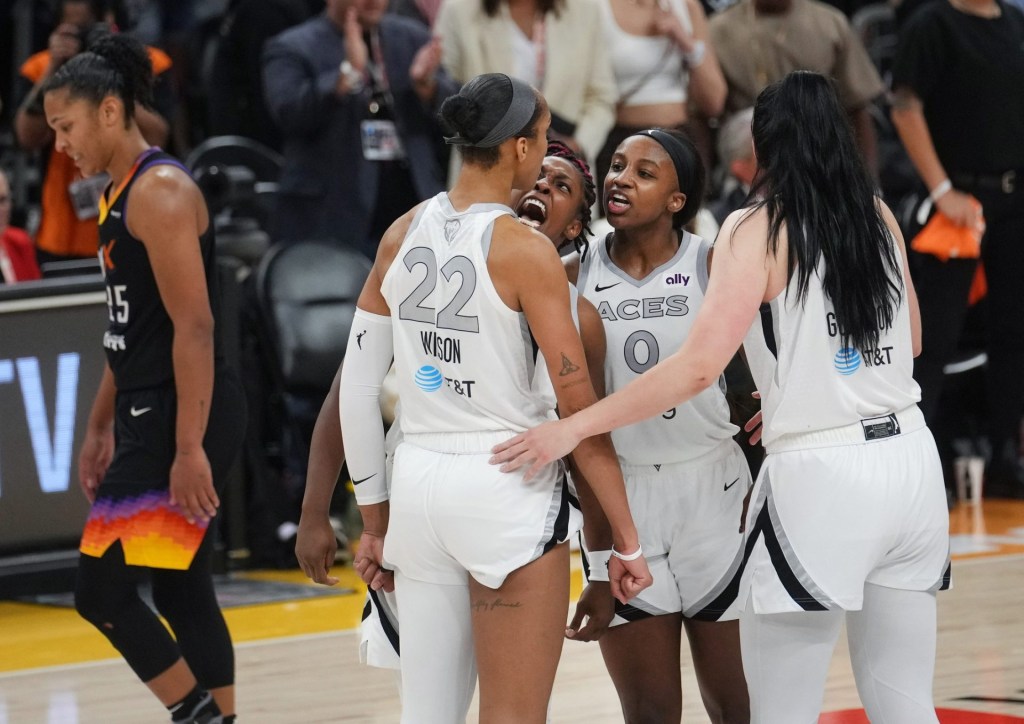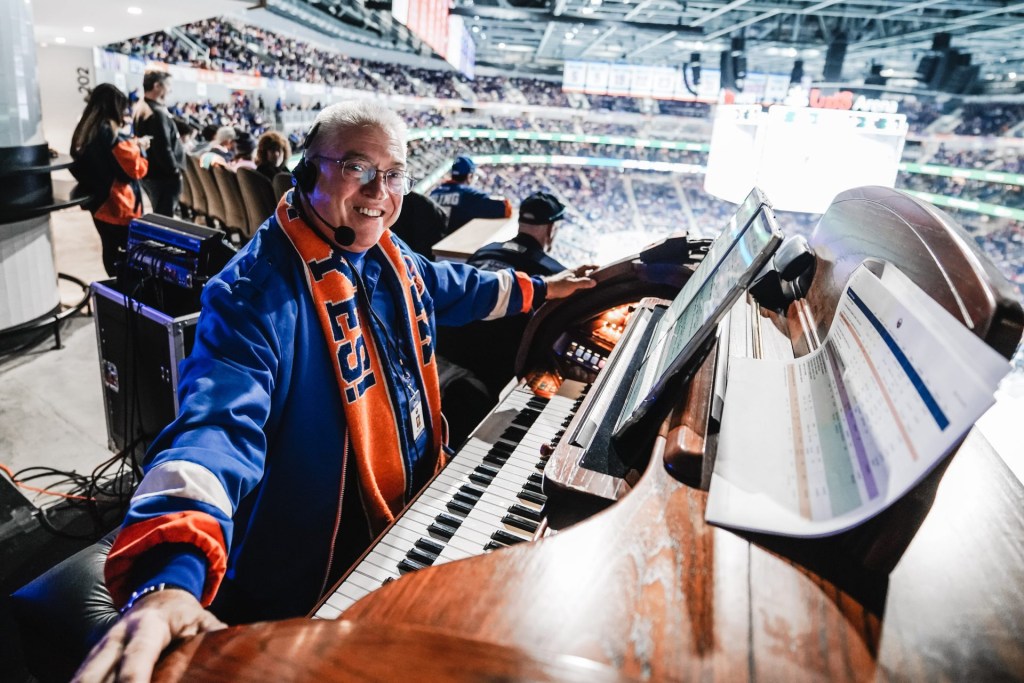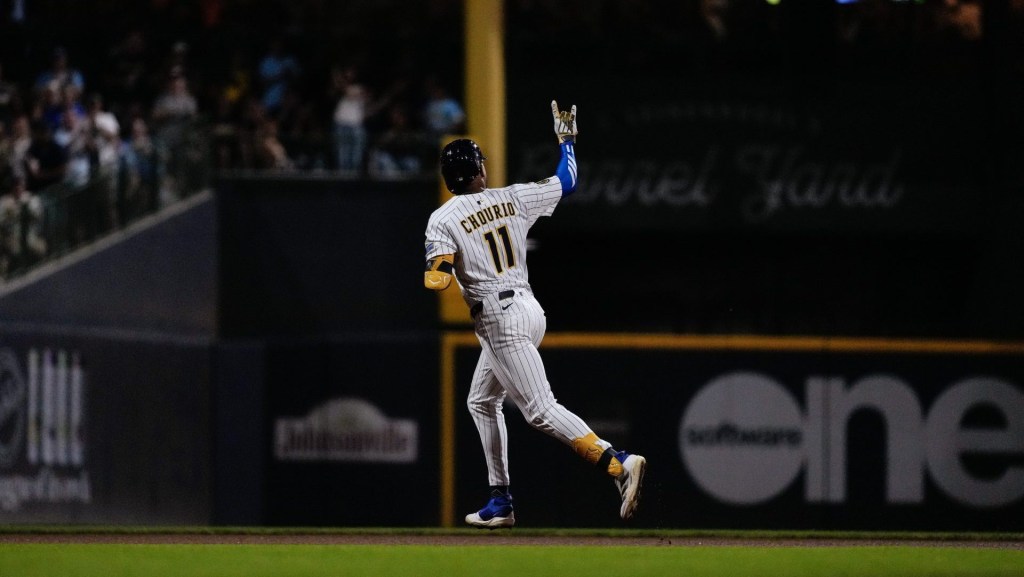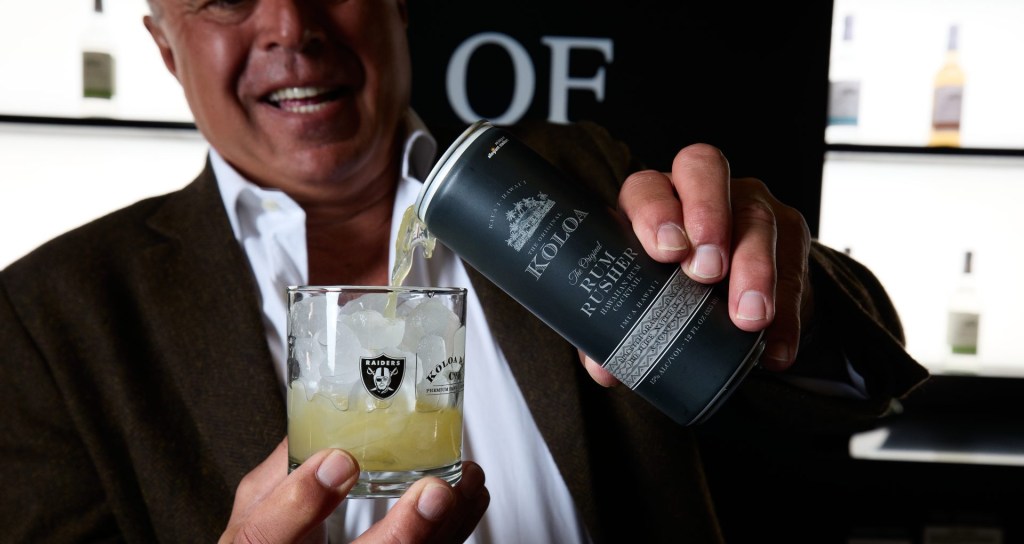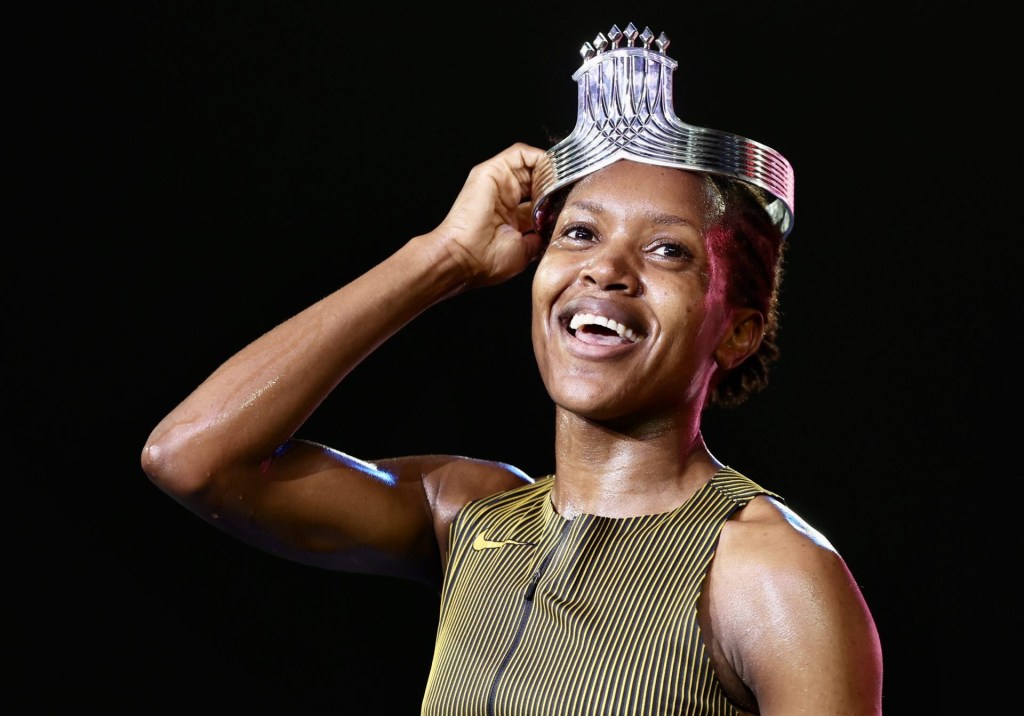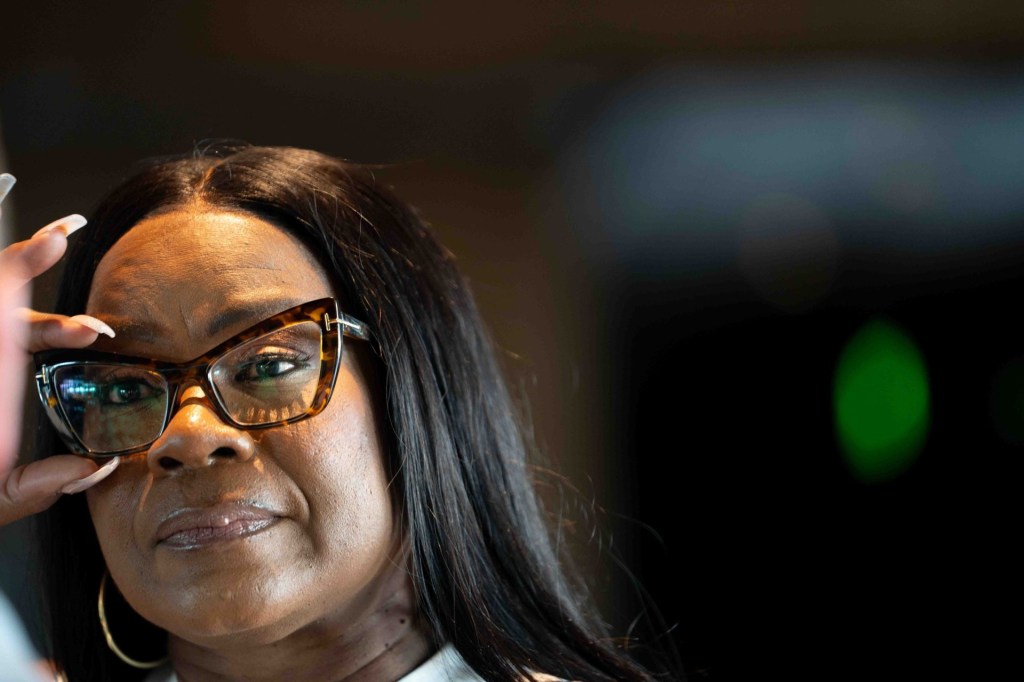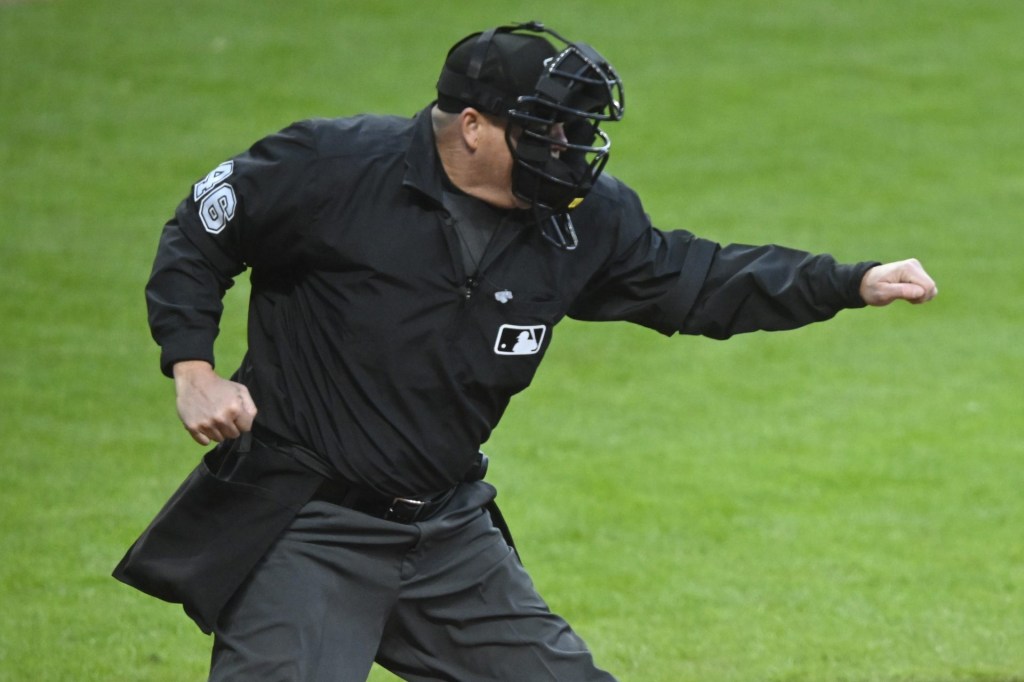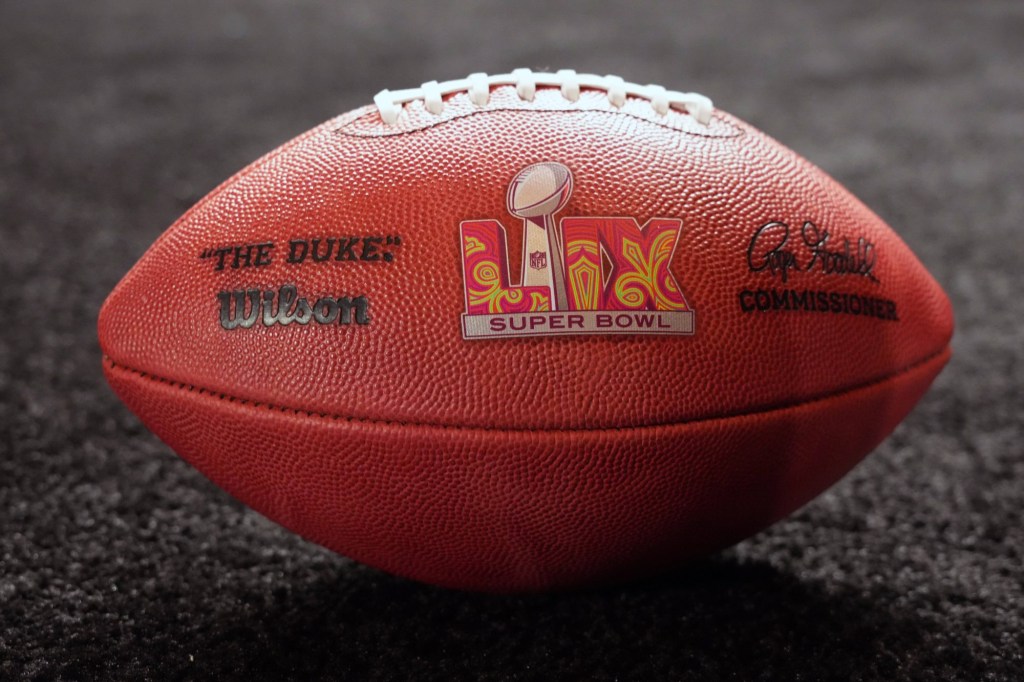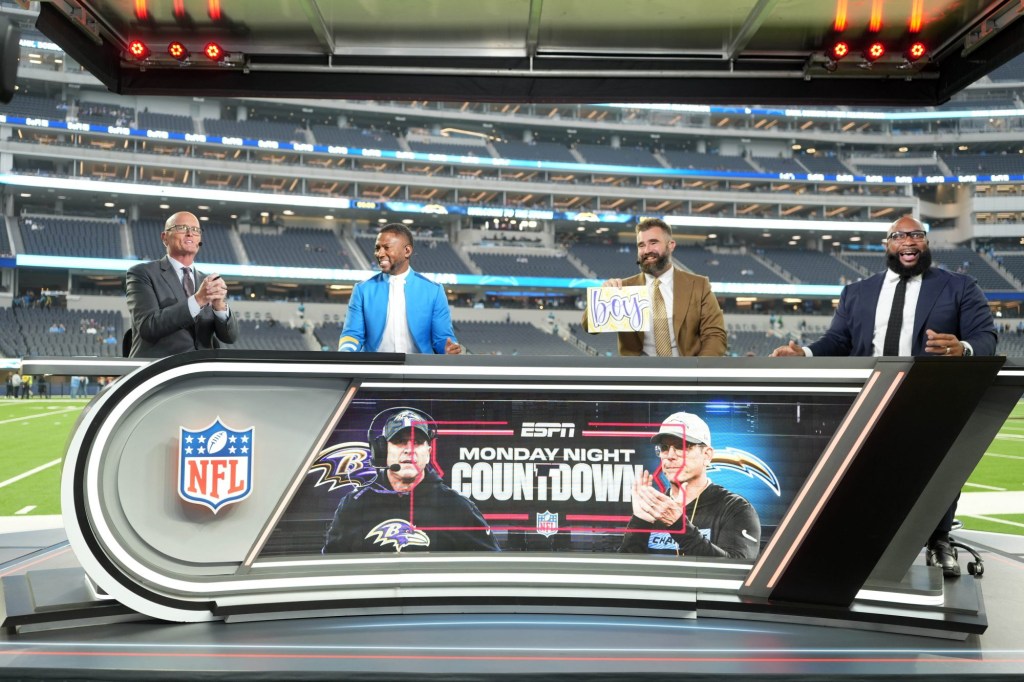A crowded South Florida entertainment market and a fickle fanbase have the Miami Marlins exploring several options to get fans to the ballpark. The team will start by keeping ticket prices stable for the second year in a row.
Despite winning two World Series championships, the Marlins have struggled to draw fans for most of the franchise’s existence since 1993, finishing the past two years at the bottom of Major League Baseball attendance. Last season, the team drew 10,016 fans per home game.
The attendance struggles in South Florida aren’t the Marlins’ alone: the Florida Panthers rank 29th in the NHL, averaging 13,472 fans per game, while the NFL’s Dolphins are 23rd in their league despite filling Hard Rock Stadium to 93% capacity averaging 63,067 fans. The NBA’s Heat is the exception: they rank fourth in attendance this year, averaging 19,691 fans per game.
“Miami is a similar market to Los Angeles, which only wants to watch winners,” Tony Knopp, CEO and co-founder of TicketManager, said.
The Marlins’ struggles stem from a lack of winning since moving into Marlins Park in 2012, combined with a history of ownership not committing to long-term success, Knopp said.
With the Marlins heading into the season with the third-lowest projected win-total across MLB from PointsBet, the team is seeking other options to get fans into seats.
The ball club will continue to offer a starting price of $10 per seat for every game, with more than 25% of tickets coming in at less than $20 and approximately half of tickets priced below $25. The price points were chosen in part to turn Marlins Park into a weekend destination and build a second generation of fans for a team that is not yet 30 years old.
“Beyond the avid baseball fans, we’re competing with an extensive list of other leisure options,” Marlins Chief Revenue Officer Adam Jones said. “We have to clear up the misconception of cost of attendance, which has been affordable, but reaffirms these price initiatives and takes cost off the table.”
Building on last season’s introduction of the “$3 o $5 menu” – eight concession items priced at $3 or $5 – the team also has a partnership with licensed apparel retailer Fanatics offering a line of merchandise below $20.
READ MORE: Another Year Of Declining Attendance: How Worried Should MLB Be?
With cheap tickets, concessions, and merchandise already in hand, the Marlins are prepared to play their trump card to get fans down to Little Havana: cheaper parking. Fans can now purchase parking for $15 on weekdays and in advance for weekends, which will cost $20 at the gate.
“There was a growing inconsistency in $10 tickets and $25 to park,” Jones said. “We needed to bring them closer in alignment. In South Florida, $15 is an incredible price to park anywhere.”
The Marlins front office had high hopes in 2019 for their investments, and while Jones said there was some positive movement, the team had “higher expectations than what materialized.”
This year, he said there is an expected measured step forward.
“Ultimately, we believe we’ll be able to deliver the level of attendance that will create a business that can sustainably invest in baseball,” Jones said.
Once the team is winning, and fans start supporting the team, Knopp said the Marlins business operations could better focus on partnerships and other revenue sources, potentially helping sustainably support on-the-field talent.
“Ticketing is such a small piece of revenue now; it’s not a vital lifeline anymore,” Knopp said. “When a team wins [in Miami], fans do go; they just haven’t won in a while. What they’re doing is the right thing, keeping it affordable so fans can feel like part of the team, but not so much to cheapen the brand.”
